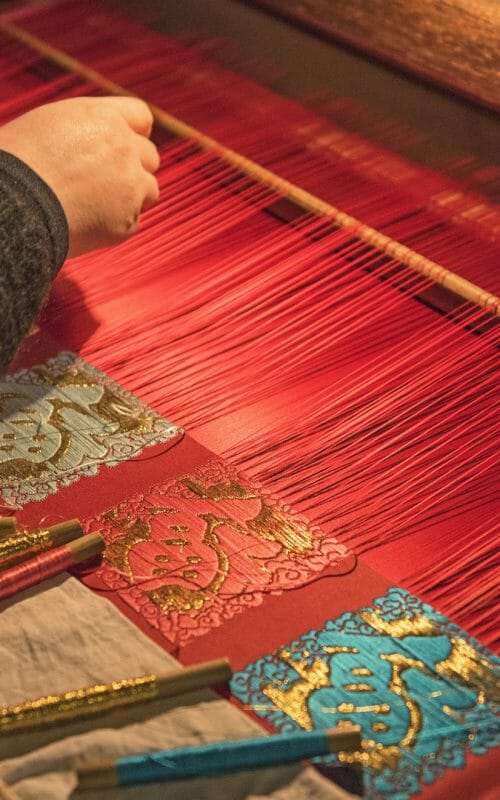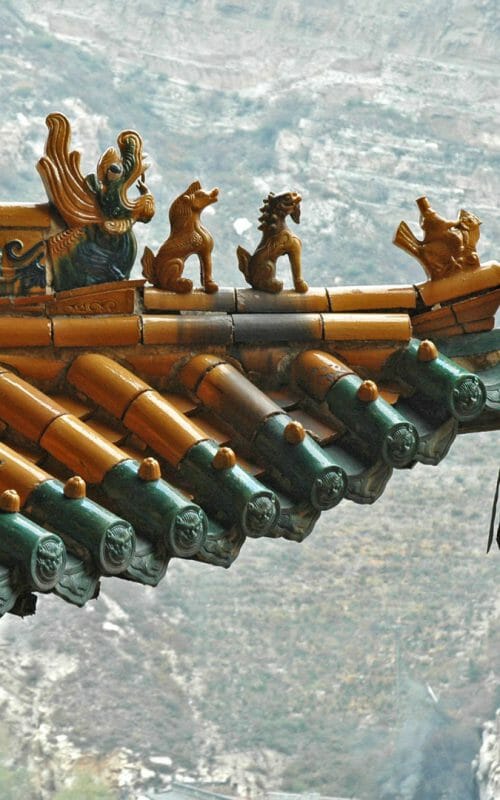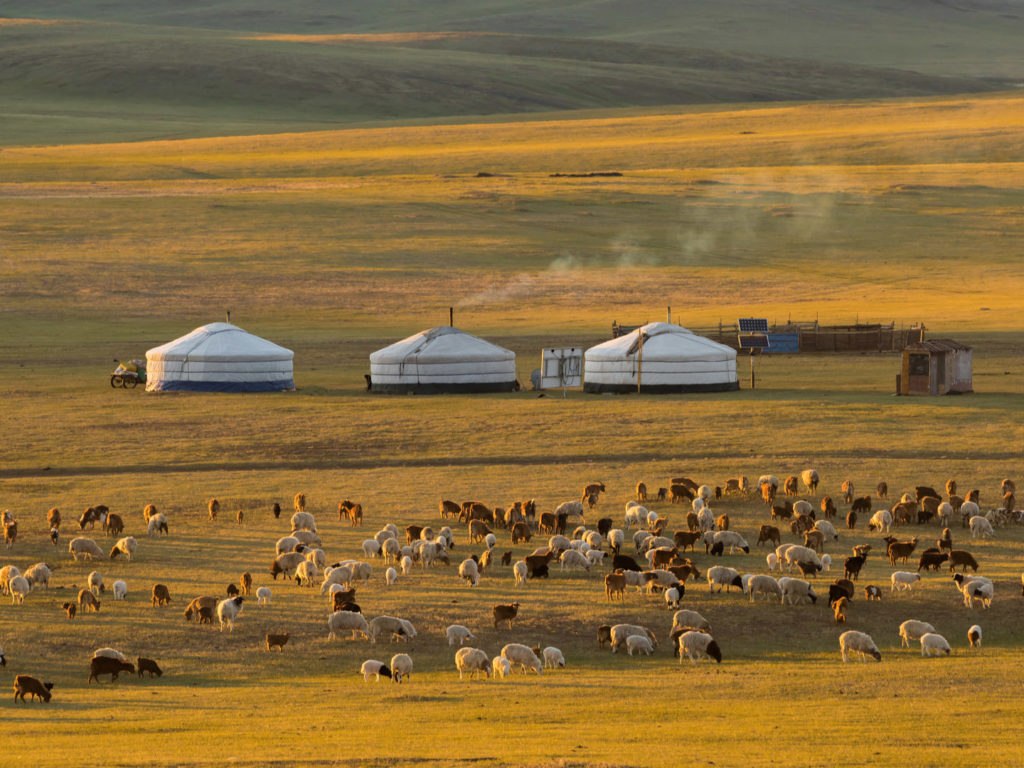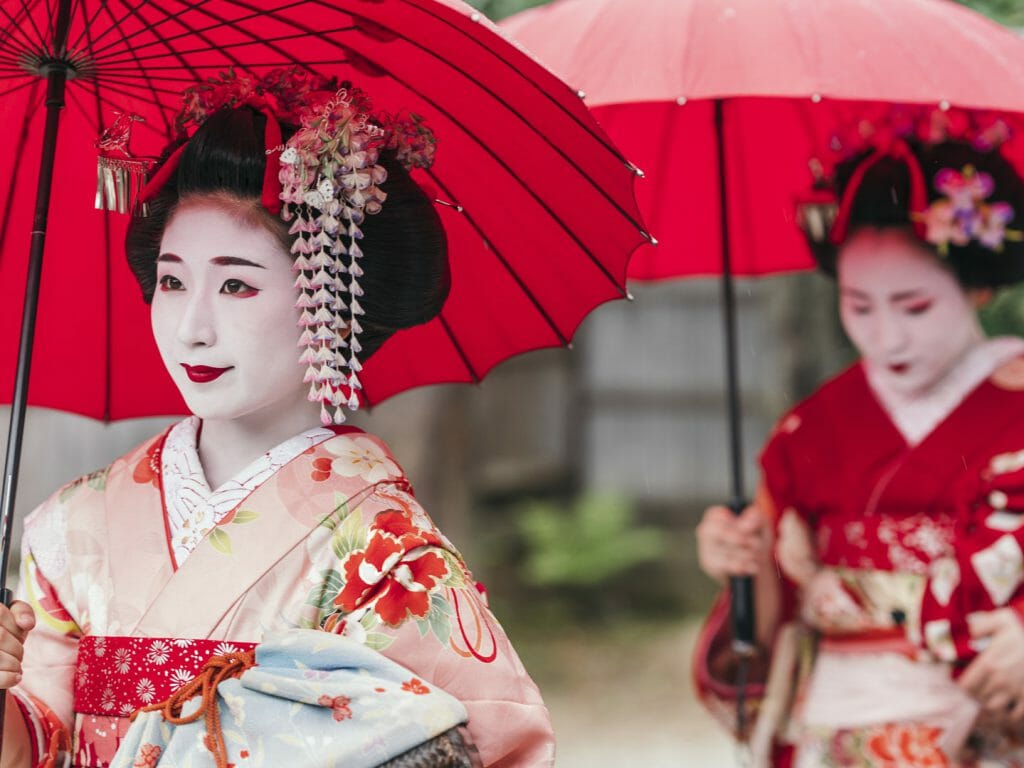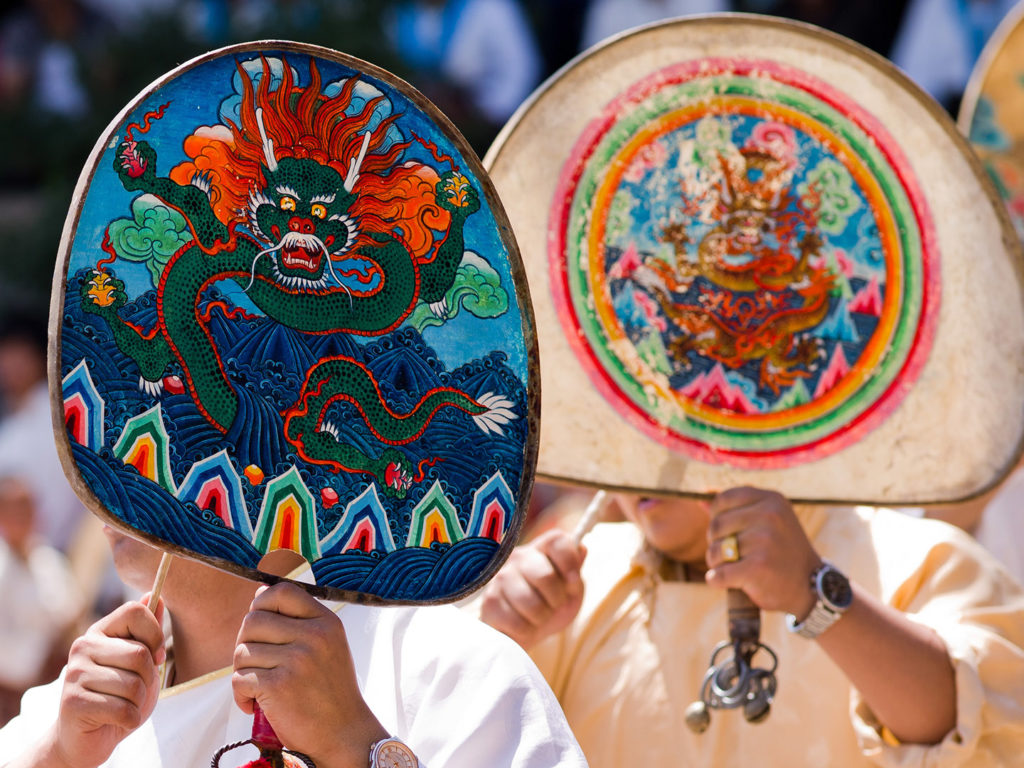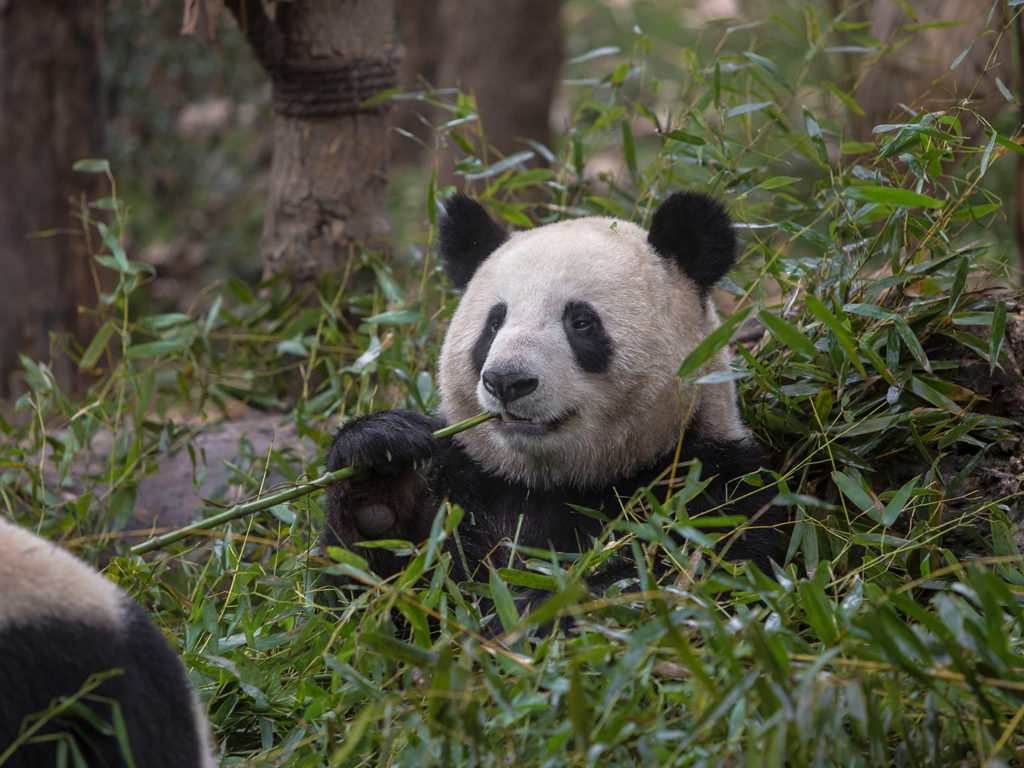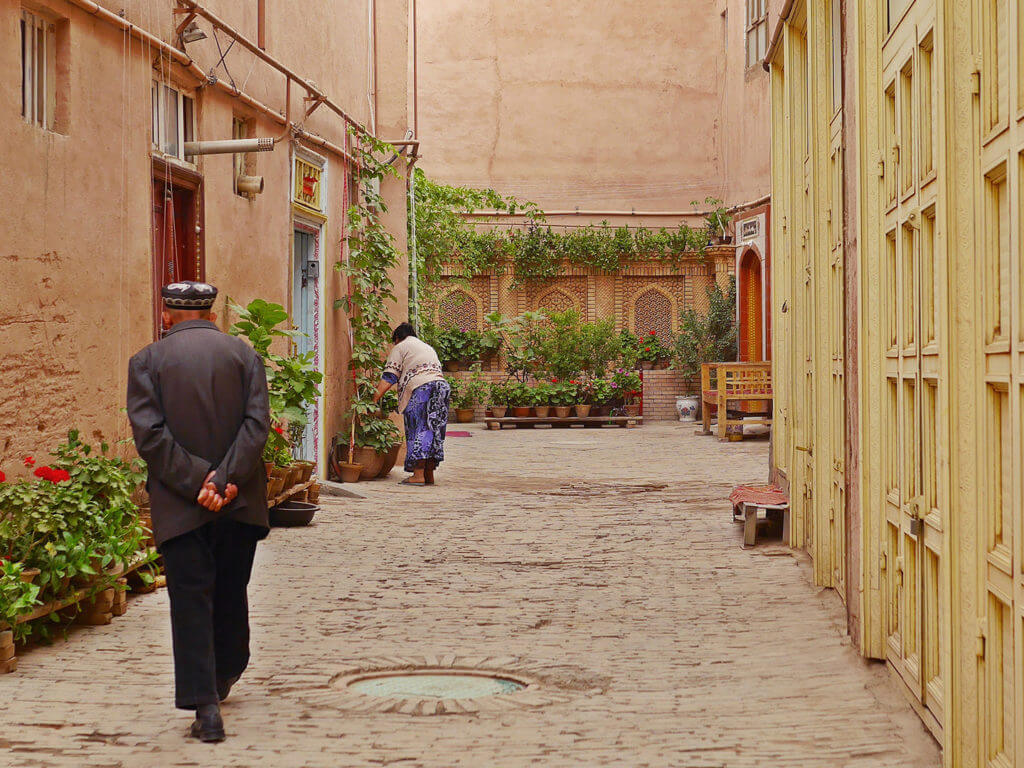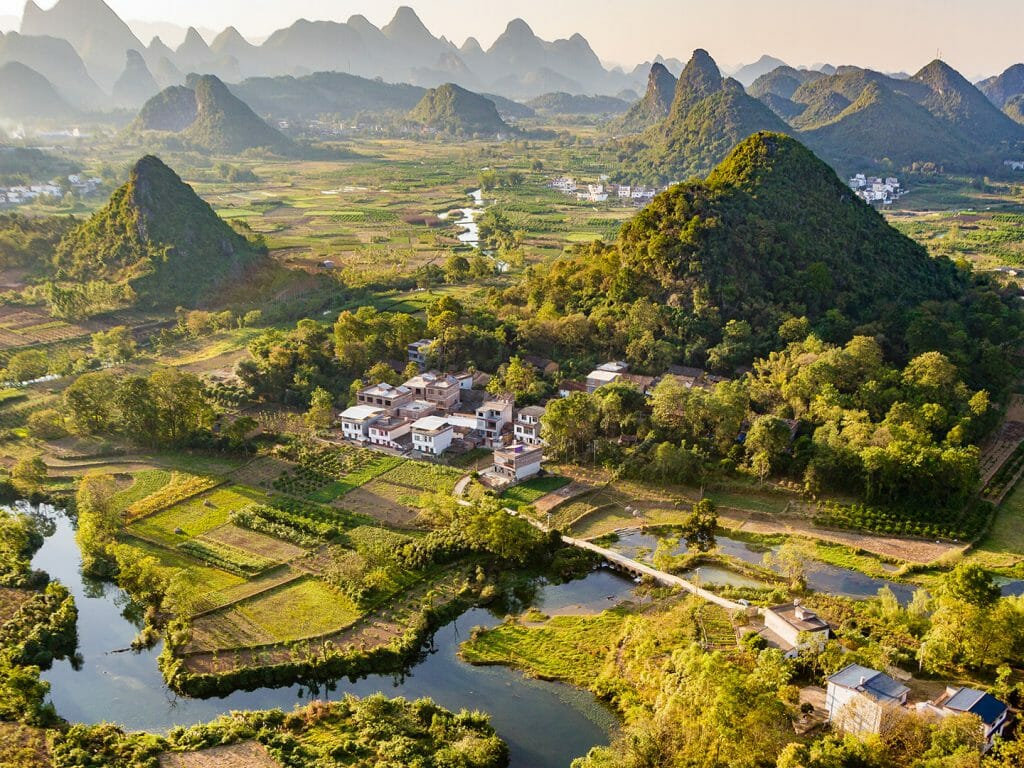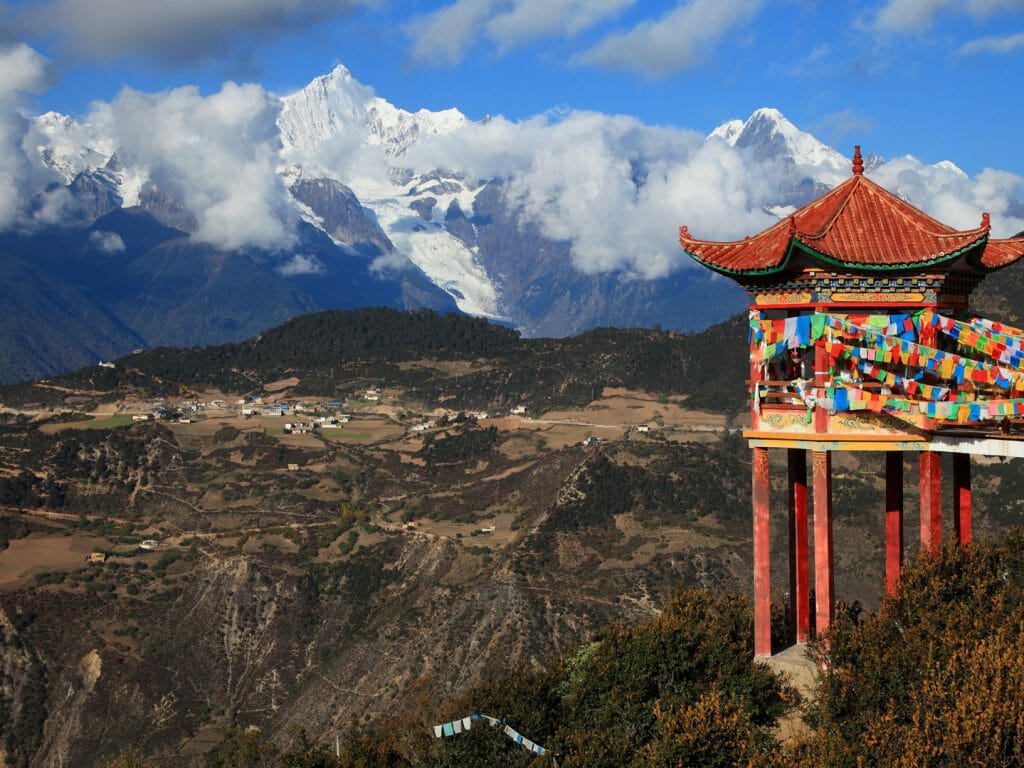I have travelled to China over 30 times over three decades and seen many changes. On this trip, I went somewhere new – a small group tour to Guizhou Province in South Central China. Guizhou is an area of karst limestone scenery with mountains far bigger than its southern neighbouring province of Guanxi. Tree covered, mist-shrouded peaks and long deep valleys made this an inaccessible place and it became home to those marginalised in past battles lost. They were forced to the high ground to make a living from slash and burn agriculture and so remained isolated.
To think that the economy is shrinking in China takes one by surprise here. Guizhou relied on coal and heavy industry but was held back after these were closed because their antiquated techniques and outdated factories made them inefficient. The local government turned to tourism and infrastructure to reverse their fortunes.
What Guizhou offers is wonderful natural scenery and a large number of ethnic groups that attract visitors wishing to see different cultures. The Miao (Hmong), Buyei and Dong are the three dominant groups but even within these, there are many variations in customs and dress.
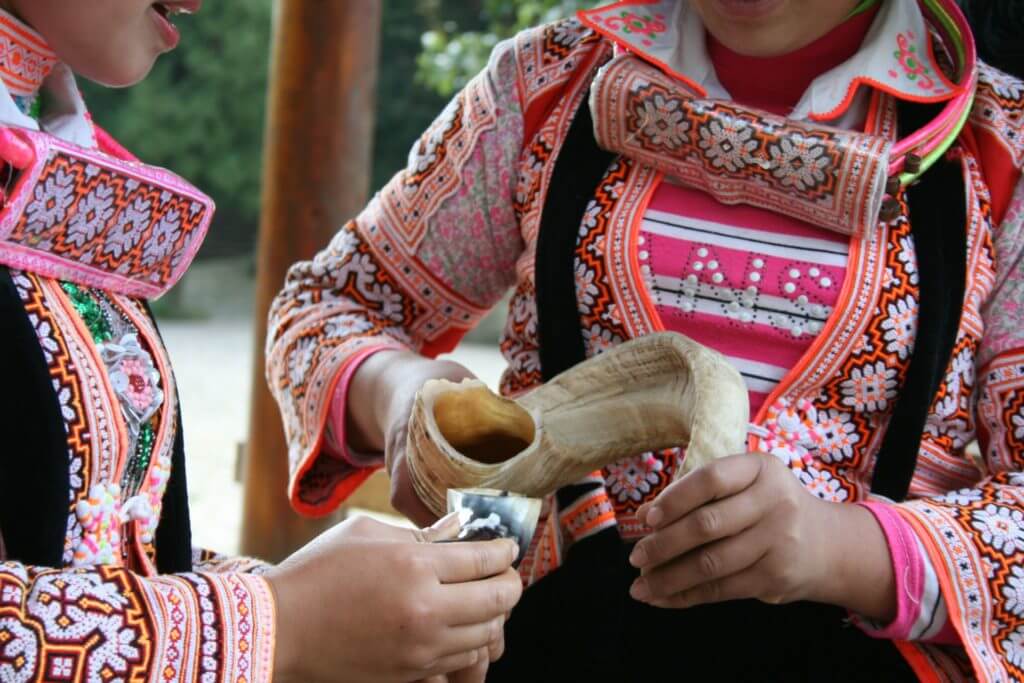
I travelled with our textile group and our appointed expert Gina Corrigan. I have known her for 30 years and come to know that she is respected greatly for her work in collecting and recording the costumes and techniques of primarily the Miao and Tibetans. She passed on her knowledge and introduced us to people she has built relationships with over the years. The owner of the Miao Costume Museum in Guiyang and a dealer/collector who had some beautiful pieces of traditional clothing as well as accessories that we were able to touch and see in detail the work.
We spent lots of time meeting local people and wandering in markets, a wonderful way to observe lives untouched by a more modern China. We took in a local festival and saw many of the techniques that make up the intricate costumes worn. Sadly, it is only really the women who wear their traditional clothes. The men, with a few exceptions, prefer Western dress nowadays.
I mentioned the economy earlier and infrastructure development has had a profound effect on the province and will continue to do so. Travel in Guizhou used to be slow. Journeys that took seven or eight hours previously now take two or three. We passed through 77 kilometres of tunnels in two days. A new high speed “bullet” train has been built, meaning that people in the richer Southern provinces of Guangdong, for example, can easily come up for the weekend. The motorways are at present very underused. This will change, I am sure, once the links through to the East coast are completed. Already seafood in abundance can be seen in markets and restaurants and has fallen in price by two-thirds.
Whilst roads and railways are improving hotels have some way to go. “Functional” is the best way to describe them. Breakfasts still have a very Chinese edge to them, steamed buns and rice porridge, and service varies. Breakfast at 07.00 turned out to be 07.45 with not a soul in sight until 07.20 and the hotel receptionist was stretched out asleep on the sofa in the lobby, covered in a blanket. All of which for me, only adds to the charm of this rural part of the world.
China never ceases to amaze. I saw a lady wearing a long elegant dress taking a piglet for a walk on a long piece of twine in the centre of town. A pet, not food. In the motorway service stations, you can buy snacks as you would expect. How about a vacuum-packed chicken foot to chew on?
A contradiction of tourism and development is that local cultures change. We as visitors want them to remain unchanged whilst the cultures themselves want to access the latest trends and labour saving devices. In some respects, Guizhou is currently in a middle ground. The way local cultures do things is changing, buying ready-made fabric from the market instead of weaving it for example, but tourism does encourage these ethnic groups to maintain their costumes, dance, and way of life. Through education and tourism, it is hoped that more traditional techniques which are fast disappearing, like tablet weaving that we found one elderly man still doing, can be preserved.
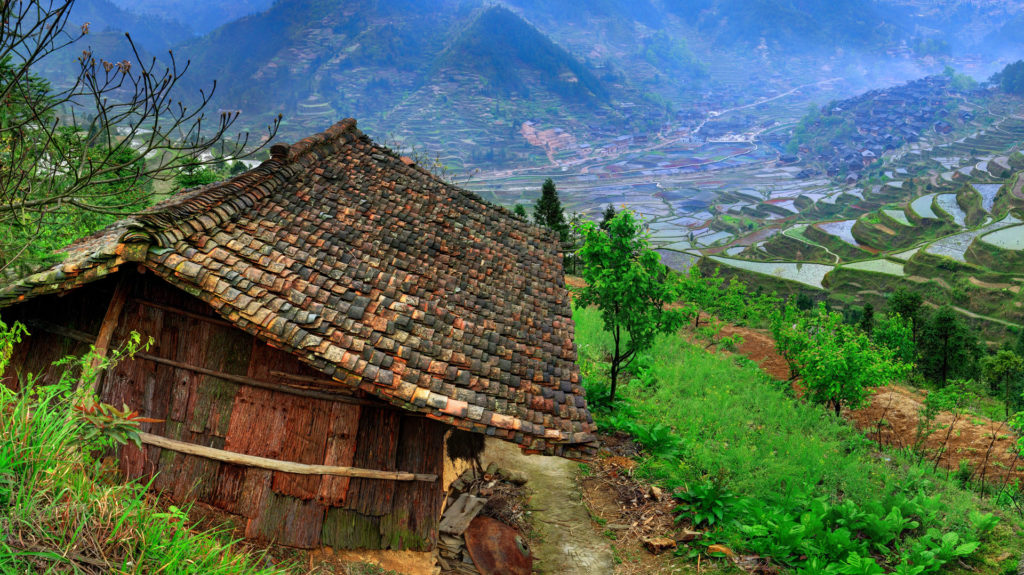
Tourism must be managed. I do not like to visit places where visitors overrun the local sites they are seeing, and in China, this happens. The secret is to get a balance. Domestic tourism in China is growing at a phenomenal rate but they like places to be accessible. This leaves very interesting villages on the periphery for us to see with far fewer visitor numbers.
Guizhou to Western visitors is still an unknown. For those that want to see a China where people still nudge one another in the street to indicate the presence of a foreigner then Guizhou can still deliver. Domestic flights from the capital Guiyang are good and the high-speed train and motorways make it easily accessible to other parts of China including Guilin.
Join Gina on a small group tour to China exploring the ancient cultures and textiles of Guizhou in October 2019.


